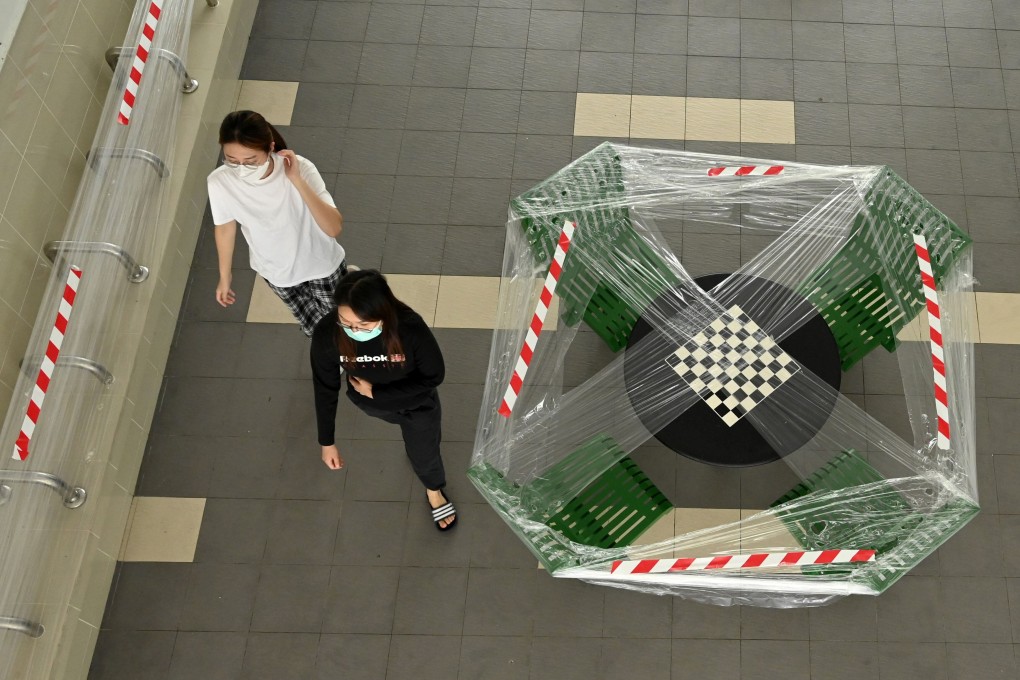Work at home would be Singapore’s new normal when coronavirus ‘circuit breaker’ ends
- Singapore takes cautious approach to easing coronavirus restrictions
- Workers and companies are adapting to the challenges

Most employees in Singapore should be prepared to continue working from home after the city state ends its partial lockdown known as a “circuit breaker” on June 1, the country’s Trade and Industry Minister Chan Chun Sing said.
This would be part of Singapore’s new normal for the long-haul, to minimise the chances of the coronavirus spreading, resulting in another round of “costly and inconvenient” circuit breaker measures, Chan said.
He said it was unclear how long the deadly Covid-19 illness would be around for, given how global health experts’ estimates ranged from a few months to up to two years.
That timeline would dim chances of life returning to normal soon for most of the world’s population.
About 85 per cent of Singapore’s workforce has been working from home since the circuit breaker came into force in early April and schools and most workplaces were closed. Only essential services and industries crucial to the economy and global supply chains such as biopharmaceuticals and petrochemicals have remained open.

As infections increased in March and before the circuit breaker was implemented, about 70 per cent of employees had already begun working from home.
“For those who are able to work from home we expect them to continue to work from home for the foreseeable future,” Chan said.